By Jock Elliott, KB2GOM
It’s funny how you can start out thinking about how to solve a problem, the whole process takes a turn, and you wind up with an unexpected but pleasing result.
It all started innocently enough. Alan posted this — https://swling.com/blog/2024/11/bbc-rd-how-to-test-a-loop-antenna/ — and this statement appeared at the end of a BBC report on how to test loop antennas:
“Polarisation Illustrations of the antenna usually show it mounted upright; that is, with
its axis parallel to the ground. This is fine for the reception of LF and MF transmissions, which are vertically polarised, but most HF transmissions are horizontally polarised.”
When I tested that assertion here — https://swling.com/blog/2024/12/here-we-go-loop-de-loop-in-which-your-humble-correspondent-tests-a-hypothesis/ — there were a couple of interesting responses.
Bob Colegrove said (in part):
“To address your conundrum, from my long-standing, untutored tinkering with loop antennas, I have concluded that, regardless of LW, MW, or SW, optimum performance for peaks and nulls requires that the axis of the loop (i.e., line through the center of the coil) be able to rotate 360 degrees laterally and 90 degrees vertically.” (emphasis mine)
Robert Gulley added:
“I will have to concur with Bob – if I may state it another way, there is no “proper” position for a loop when getting shortwave signals.”
To which I responded:
“I suppose the ultimate setup might be an articulated motorized outdoor mount with a joystick inside that would allow me to fiddle the loop to the optimal position.”
Early in the morning I awoke thinking about how a system capable of manipulating my three-foot-diameter MFJ 1886 loop both vertically and horizontally might be implemented. Everything that came to mind seemed awkward, hard to put together, difficult to operate, expensive, and just plain clunky.
I dozed off and woke up thinking: “What about a really small loop? I could hold it in my hand and easily turn it to different positions to optimize reception, no equipment required.”
A thought came to mind: “You’ve got a small loop antenna, why don’t you see what you can do with it?”
At this point, I need to make my Shameful Admission: I got so intrigued by the idea of using my wrist and hand to turn a small loop to various orientations that I forgot that I was trying to solve the problem of manipulating a shortwave loop.
The loop that came to mind is the Terk AM Advantage. I tested it here. Designed to boost signals on medium wave, it is a nine-inch tunable loop encased in plastic that requires no power supply. It inductively couples with the ferrite antenna inside a portable radio. But I seemed to recall that it also comes with a direct wire connector that can be used with some radios. Perhaps I could connect it to my CCrane EP-PRO which has clips and a switch for an external medium wave antenna on the back of the case.
I found the Terk AM Advantage easily enough, but the direct wire connector required a major archeological dig. Once I unearthed it, I plugged the connector into the back of the Terk AM Advantage, slipped the wires from the connector into the clips on the back of the EP-PRO.
Now to try it out . . .
Tuning slowly down the dial, I found across a very faint signal that I could barely copy. Reaching around the back of the EP-PRO, I switched from the EP-PRO’s internal antenna to the Terk AM Advantage external loop antenna (which I was holding in my hand), rotated it from side to side, tipped it back and forth, and – tah-dah! – was rewarded by a far more copyable signal. It was WEEU in Reading PA, 200 miles away, transmitting 6,000 watts into the darkness on 830 kHz. Switching back to the EP-PRO’s internal antenna, I tried rotating the EP-PRO to optimize the signal but could not produce a signal that was as good as the external loop.
Repeating the procedure with additional faint stations, I got the same results: better reception with the handheld loop antenna, and it was fun and easy to use. I held it in my left hand (it’s light) so I could rotate the dial that peaks the signal with my thumb and working the tuning knob on the EP-PRO with my right hand. It was a very pleasing, almost addictive, experience.
If you’re looking for a potent setup for medium wave DXing, I can recommend the EP-PRO/Terk AM Advantage combo, even though it wasn’t my original objective. Call it serendipity.
In the meantime, does anyone know what might be the smallest loop that could be handheld for shortwave reception and would provide a performance boost over a whip antenna?

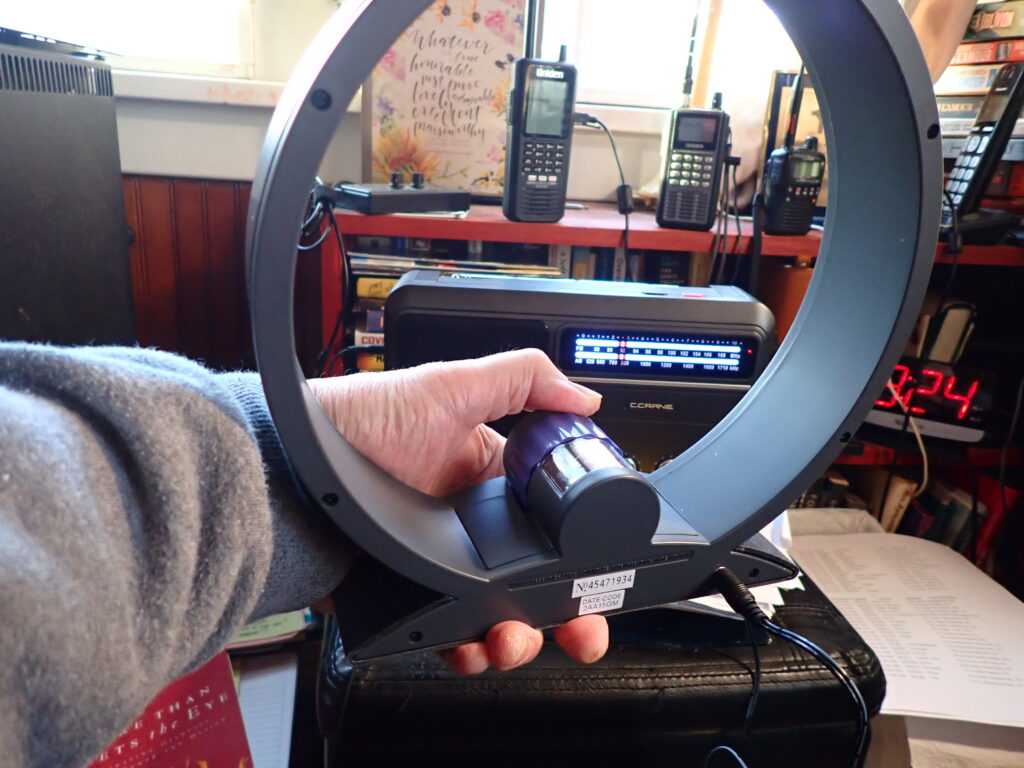
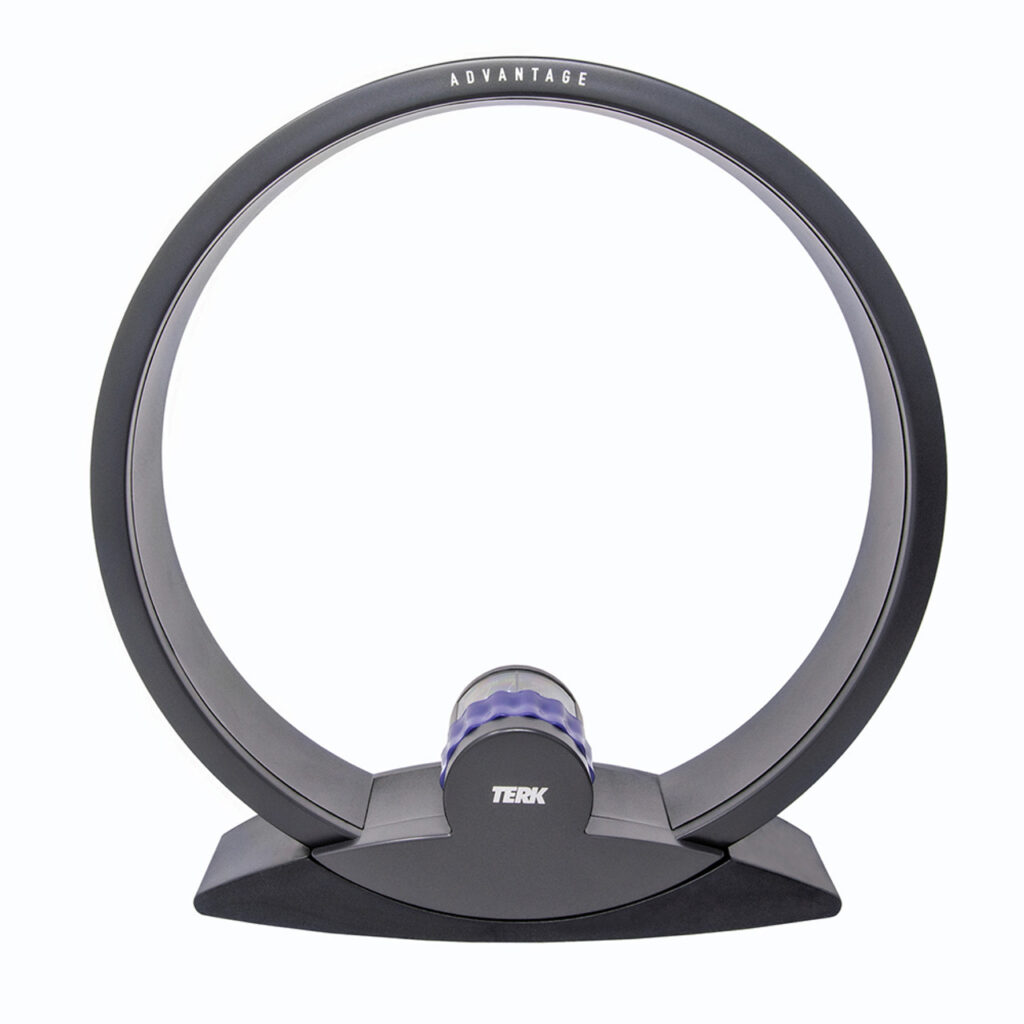
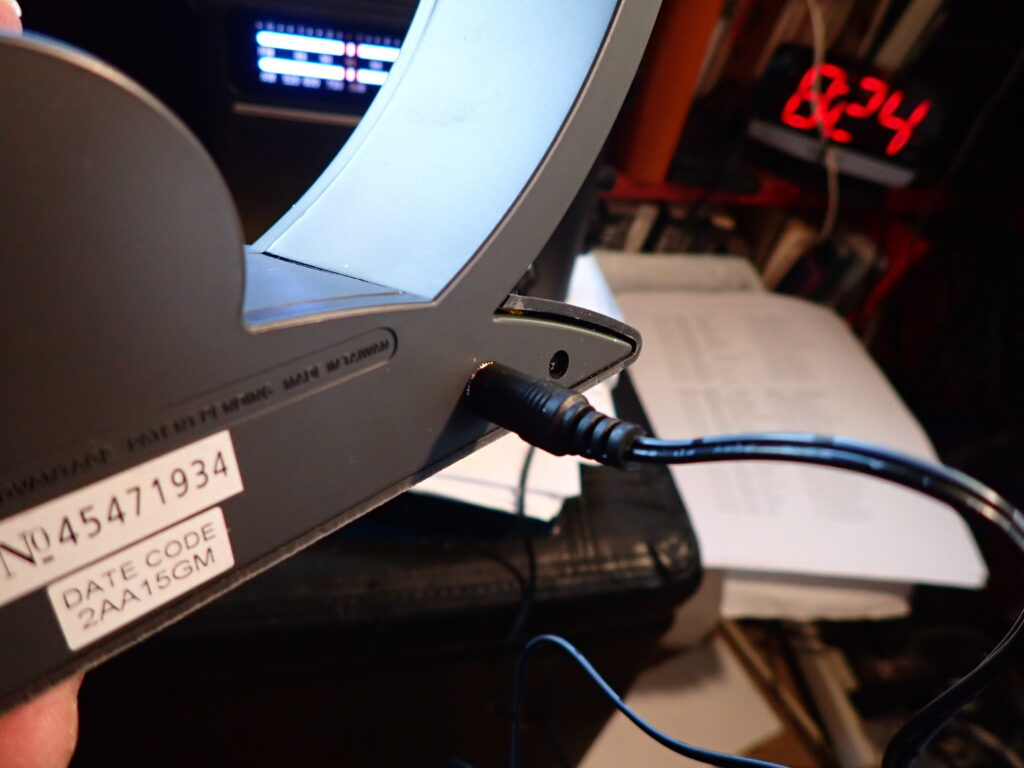
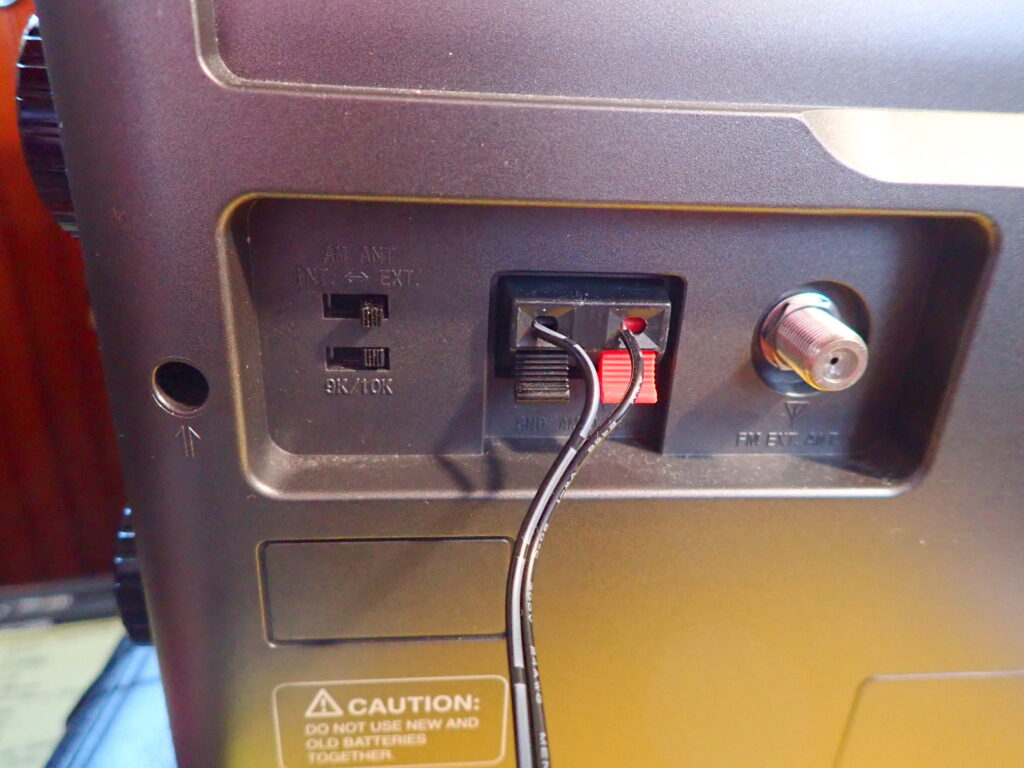
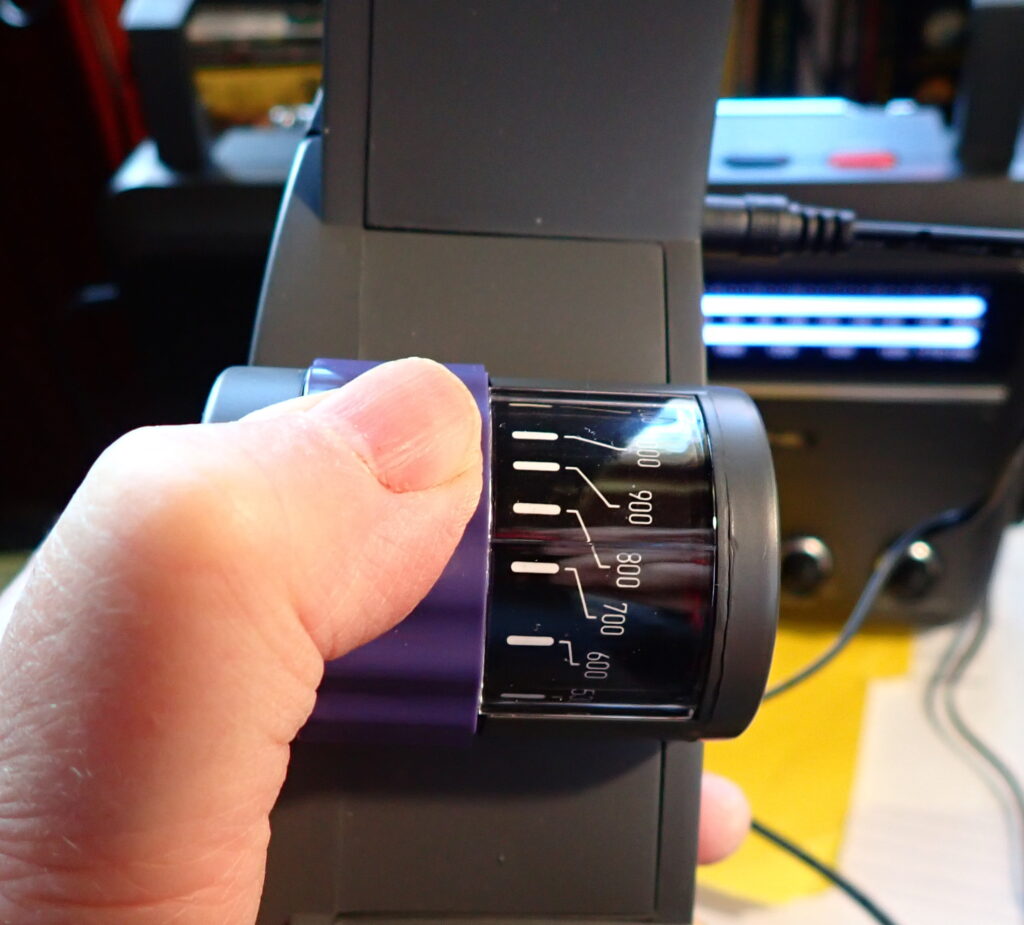
Jock,
I’m curious how you rate the Terk using the cable vs. the Terk inductively coupled. I have never had much success with the Tecsun AN-200 and the cable connection. I figure there is some sort of impedance mismatch with most of my radios. I just use it inductively with very good results.
Bob
Bob,
My guess (I have no measurements to back up my opinion) is that it works better with the cable.
Certainly it is easier to use because — unlike inductive coupling — you don’t have to try to maintain a particular special relationship between the loop and the receiver to preserve the inductive coupling . . . I can pick up the loop connected by cable to the receiver and wave it around to optimize the signal while leaving the radio parked in my lap or on a table.
It certainly is fun to sneak up on very weak MW signals in the early, early morning and see what I can do with them.
Cheers, Jock
The discontinued MW/SW Kiwa Pocket Loop Antenna has worked well for me.
Guy Adkins wrote a review of the Kiwa that can be read on the Internet Archive:
https://web.archive.org/web/20000208022320/https://www.kiwa.com/odxarvw.html
For the last few days I have been trying out the Qodosen DX-286 with an ancient Select-A-Tenna model 541 (the one that has a 1/8 mono-plug jack)
and a Tecsun AN-100 (the model that has a bigger volume baseplate than the Tecsun AN-200).
I bought a second-hand Alpha Antenna Tunable Loop with a Vernier Dial variable capacitor at the Highway 127 Annual Yard Sale some time ago ($7) and intend to make its N connector LMR-400 coax larger diameter.
Hank,
After you’ve had some time to compare antennas, I would very much appreciate your thoughts on the comparative performance.
Cheers, Jock
The Twin Coil Ferrite AM Antenna Signal Booster sounds like what I need for my evening expeditions to the roof deck. (I know. Yes, it’s cold up there this time of year!) But, alas, it appears that C. Crane discontinued the item a while back. And I don’t see any on eBay. Are you aware of anything similar?
SamA,
Reach out to me at [email protected]
Cheers, Jock
John,
Well, I did don my tinfoil hat this AM and experimented with hooking up the Terk AM Advantage to a couple of my shortwave portables on the HF bands . . . and, as expected, it turned out to be a bust.
In no case did the Terk AM Advantage improve a signal on HF and in several cases, it attenuated signals. Although in one case, the attenuation did improve the signal by reducing the background noise. I realize the Terk AM Advantage is not designed for SW/HF signals, so I was not surprised, but the cost of experimentation was low.
The key to the utility of the EP-PRO/Terk AM Advantage combo for MW, in my view, is that the two can be connected by a hard wire, freeing the listener from maintaining a spatial relationship between the two that inductive coupling would require. The EP-PRO can remain fixed in a position on a table or in my lap, while the loop can be wiggled around by hand to find the best signal.
Cheers, Jock
Interesting, Jock!
As Apollo Creed said to Rocky, “You got me curious [J]ock!” Haha!
I have a Tecsun AN-200 and the C.Crane EP (not Pro) radio, so I guess I will have to do a little experimenting!
Cheers! Robert
Robert,
Just this morning, around 6:20 am local time, using the EP-PRO and external loop antenna, I heard a faint station at the upper end of the medium-wave band. It finally identified as WRCR, transmitting 1,000 watts, nighttime power, from Garnerville, NY, 106 miles away.
I’ll be interested to hear about the results of your experimentation.
Cheers, Jock
“…most HF transmissions are horizontally polarised.” But are they? It doesn’t matter how they start out, what matters is how they arrive after scattering off the ionosphere. I honestly don’t know the answer, except that I recall reading somewhere, sometime in the past (that’s a strange construction, it couldn’t have been in the future, could it?) that you can generally count on polarization becoming scrambled as a result of ionospheric scattering. Thus, your horizontally polarized Yagi-Uda antenna can receive the signal from my vertical antenna perfectly well after a 5000 mile hop. (As Radio Amateurs we’re usually more concerned about takeoff angle than polarization for DX work.)
William,
Thanks for your comments.
As for the “strange construction,” you made me smile. But just in case you CAN recall something from the future, could we have a wee chat about the lottery numbers?
Cheers, Jock
William,
Most HF broadcasters use horizontally polarised transmitting antennas. Mostly stacked dipoles in curtain arrays, the log periodic mounted horizontally and the monster steerable antenna which is 2 bays of 3 stacked horizontally polarised dipoles. The reason for this is because they are directional in the horizontal plane to ‘focus’ on a target audience. In the vertical plane, these antennas the stacking makes them more directional than omnidirectional. The take off angle can be set by the spacing of the stacking. To use vertical polarisation at high frequency are too long and the spacing between the dipole tips and the ground. This means the antenna must be much higher above the ground.
By contrast Medium Frequency broadcasters often use vertical polarisation because an insulated mast forms a ground plane antenna which is omnidirectional in the horizontal plane and less power is radiated upwards away from the ground.
When electromagnetic waves including light rotate polarisation when reflected. This is the idea behind ‘Polaroid’ sunglasses looking into sea water. HF signals can be reflected from the ionosphere more than once.
No broadcast TV in North America use vertical polarisation. In Australia there is lots of vertically polarised broadcast TV from 174 MHz upwards. Since the wavelength is much less than HF the effect of the ground below is minimal. Line of sight between the antennas of the transmitter and the receiver do not rotate polarisation.
Remember however that all receivers have automatic gain control which will increase gain when the antenna is in the wrong polarisation which masks the effect until the low signal level cannot be compensated for. Then only one polarisation setting will work. I should add for digital reception, there is no noticeable effects until signal is below the digital cliff which will make the incorrect polarisation unreliable reception.
Jock this is fascinating and all… but where’s the tin foil??